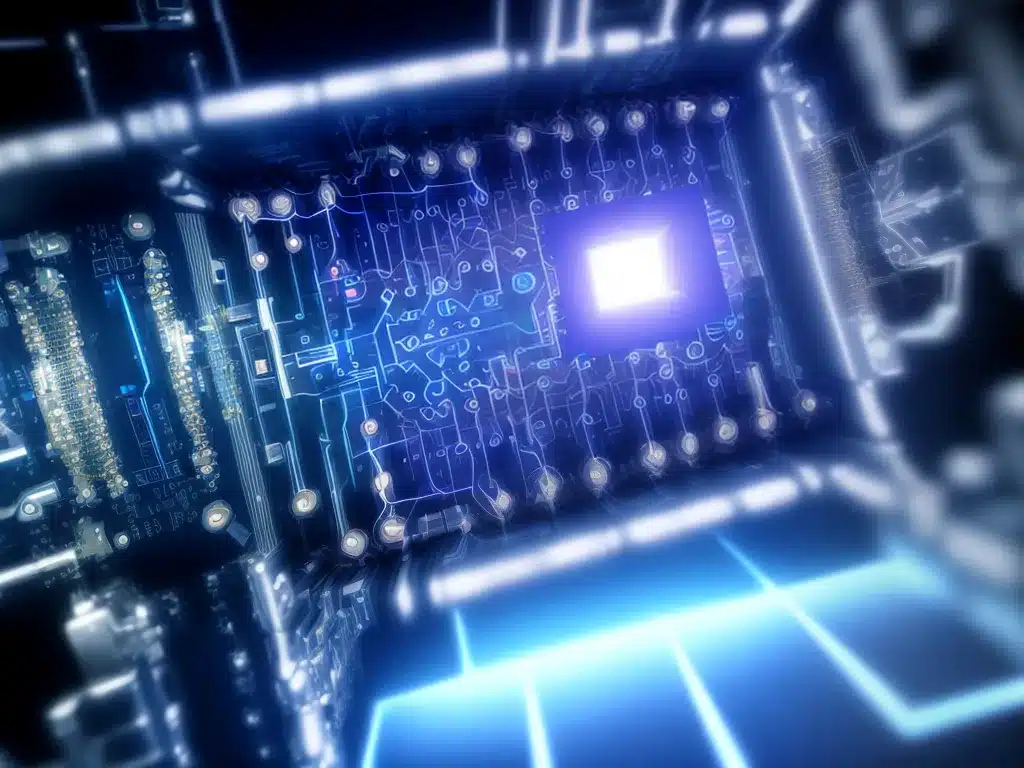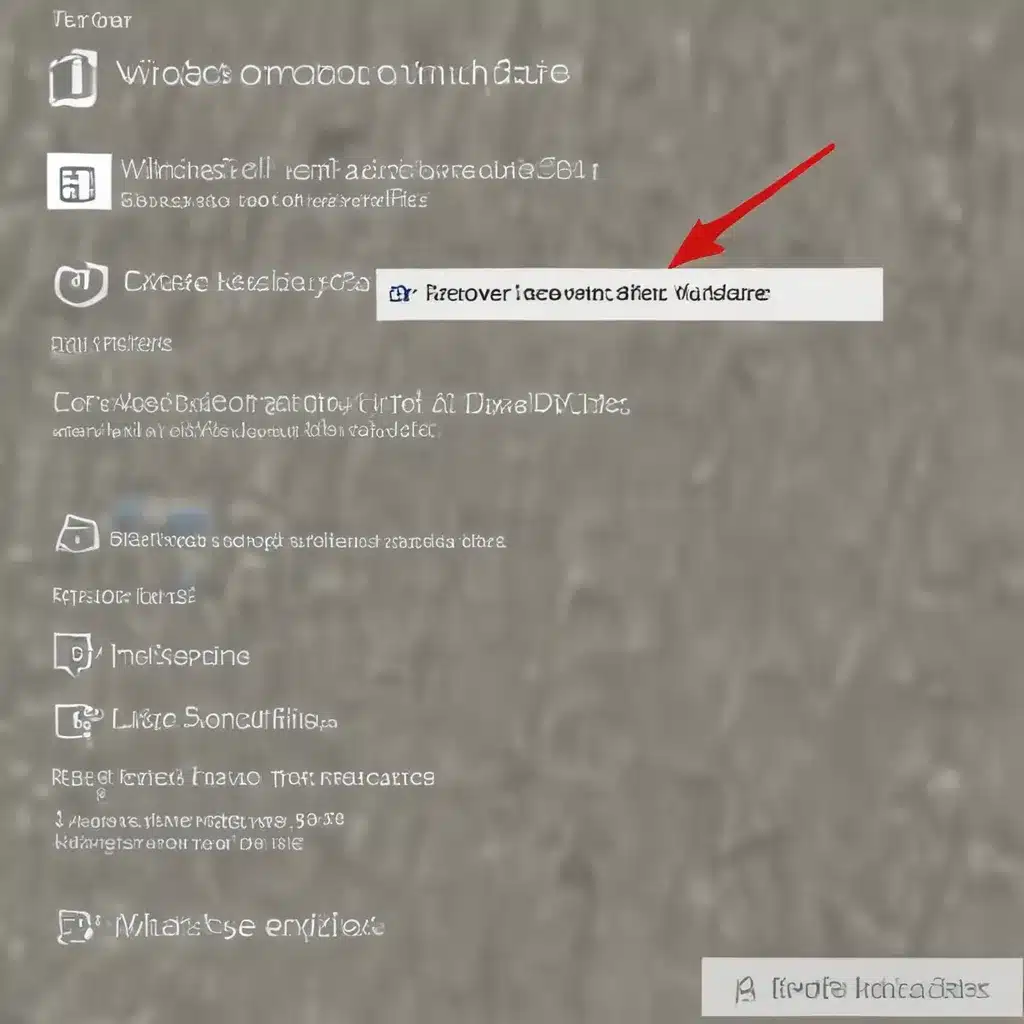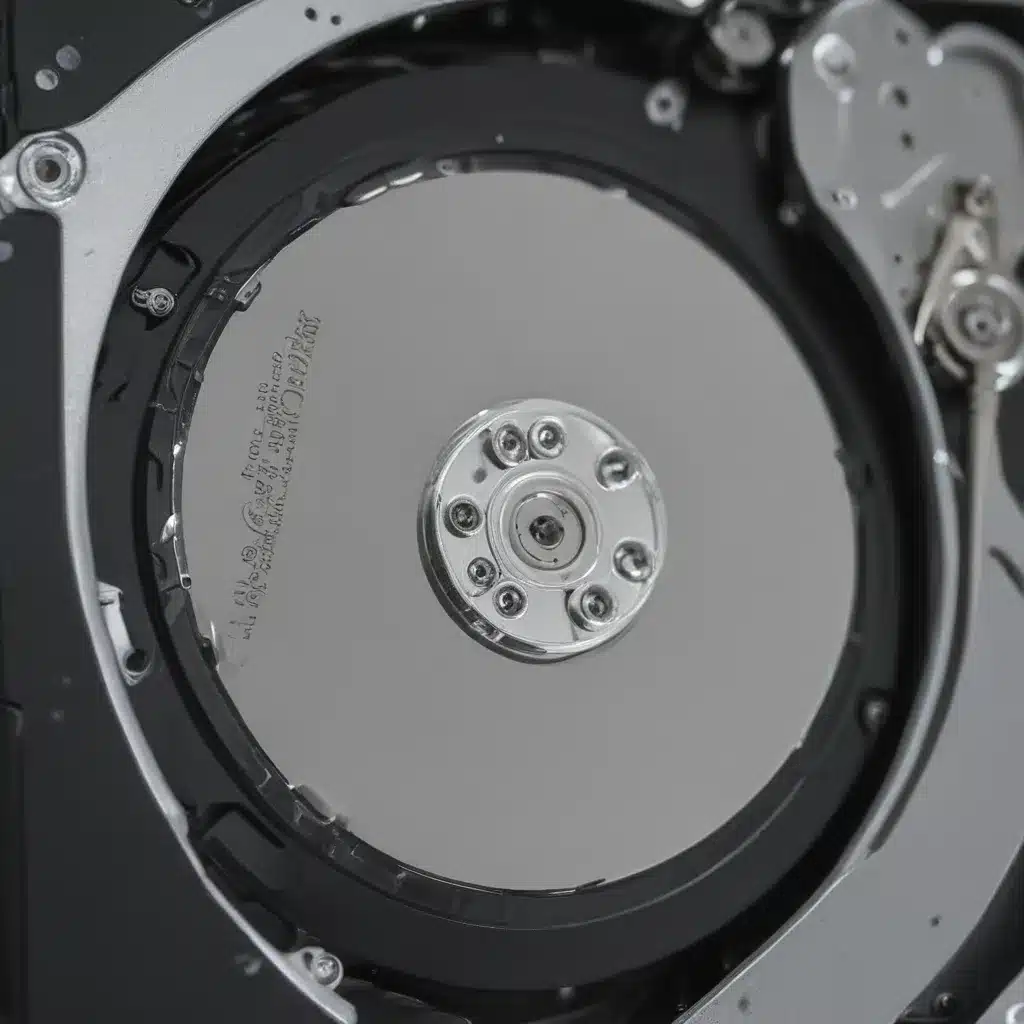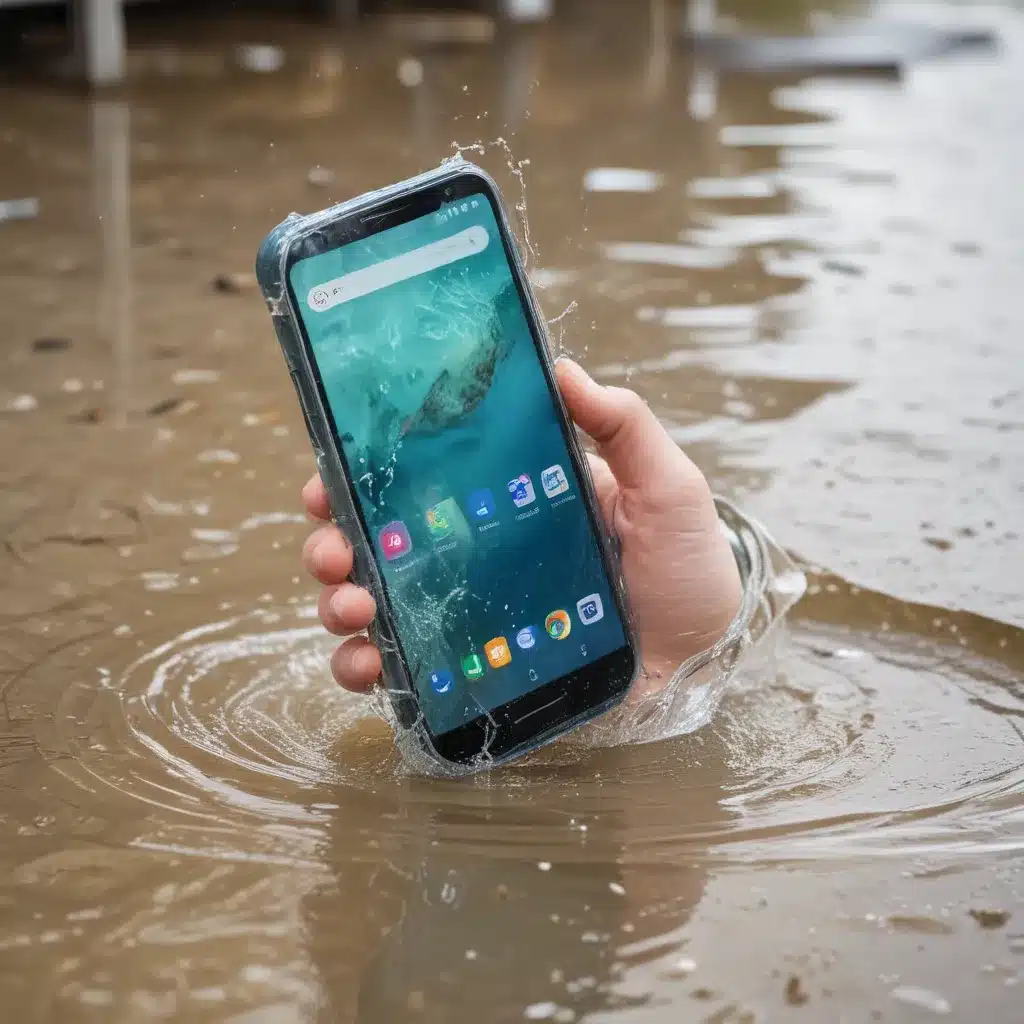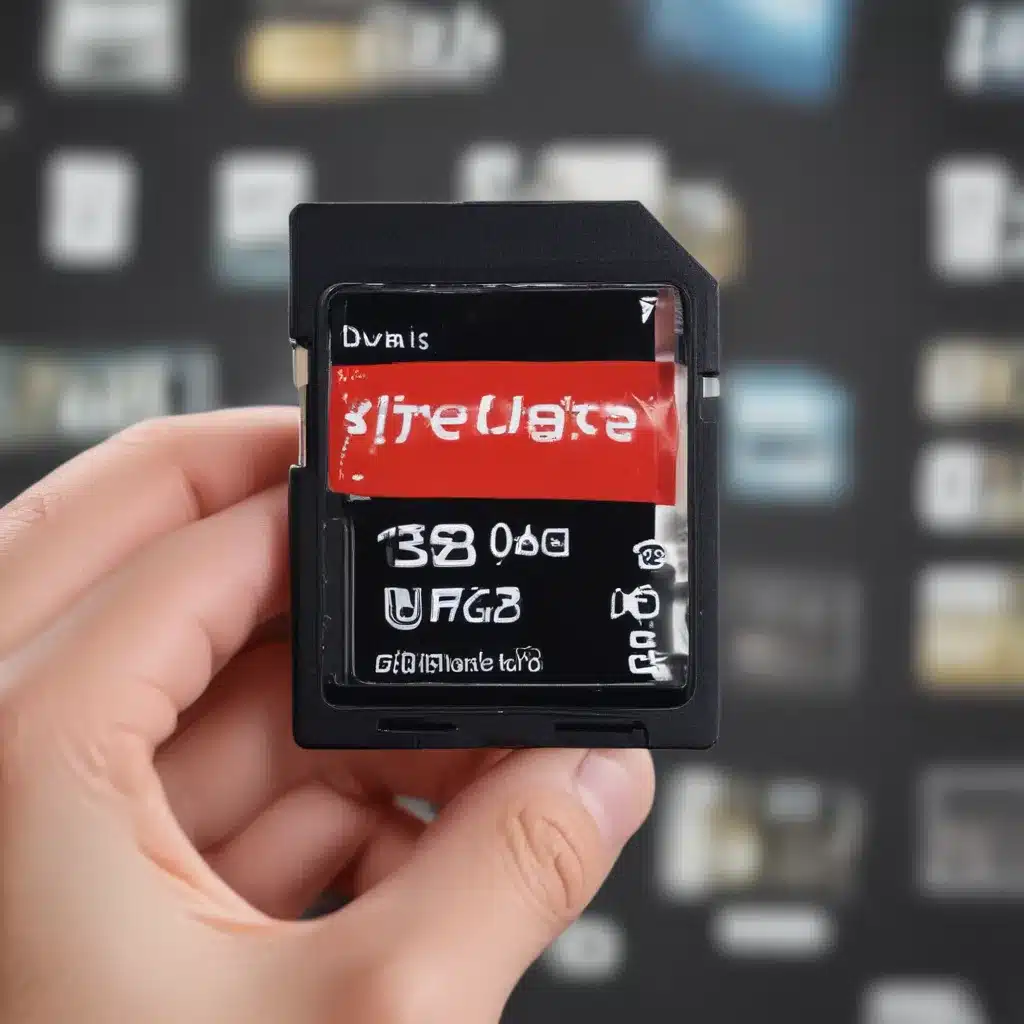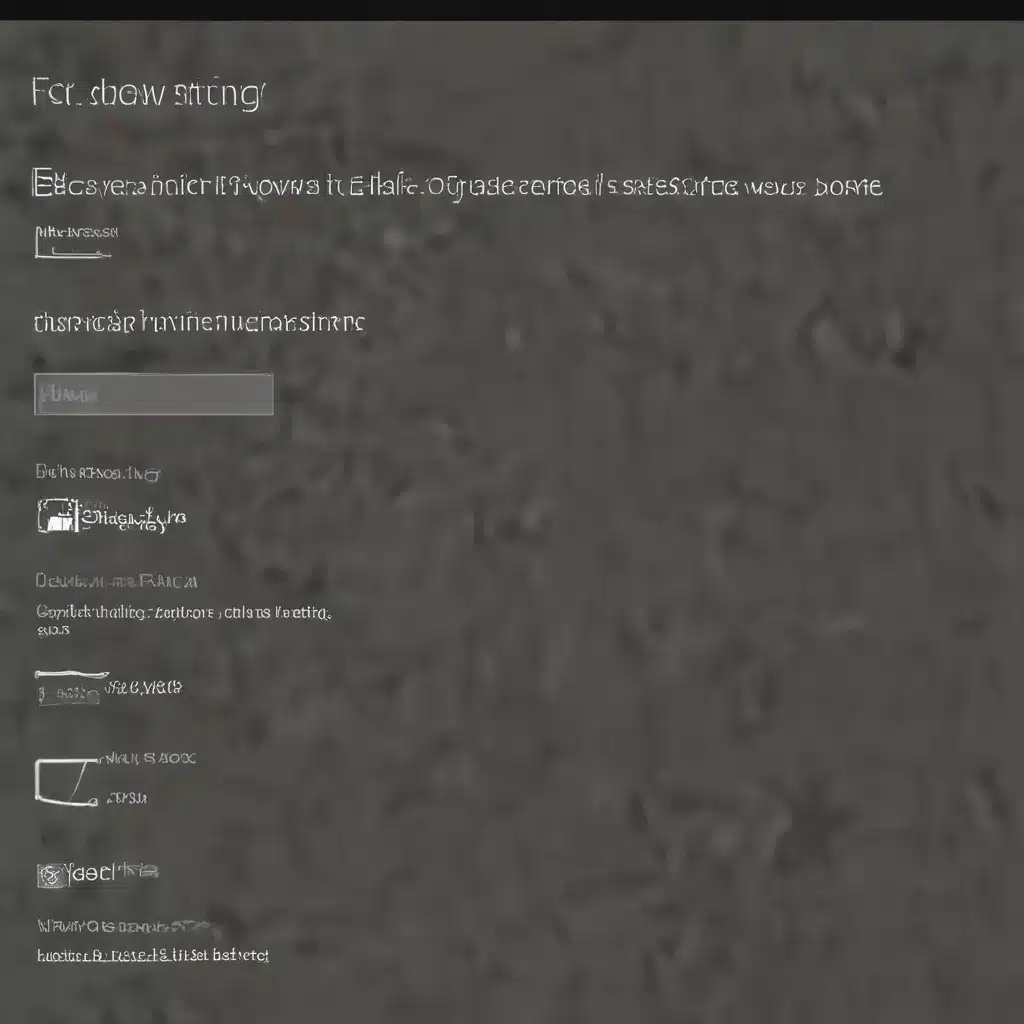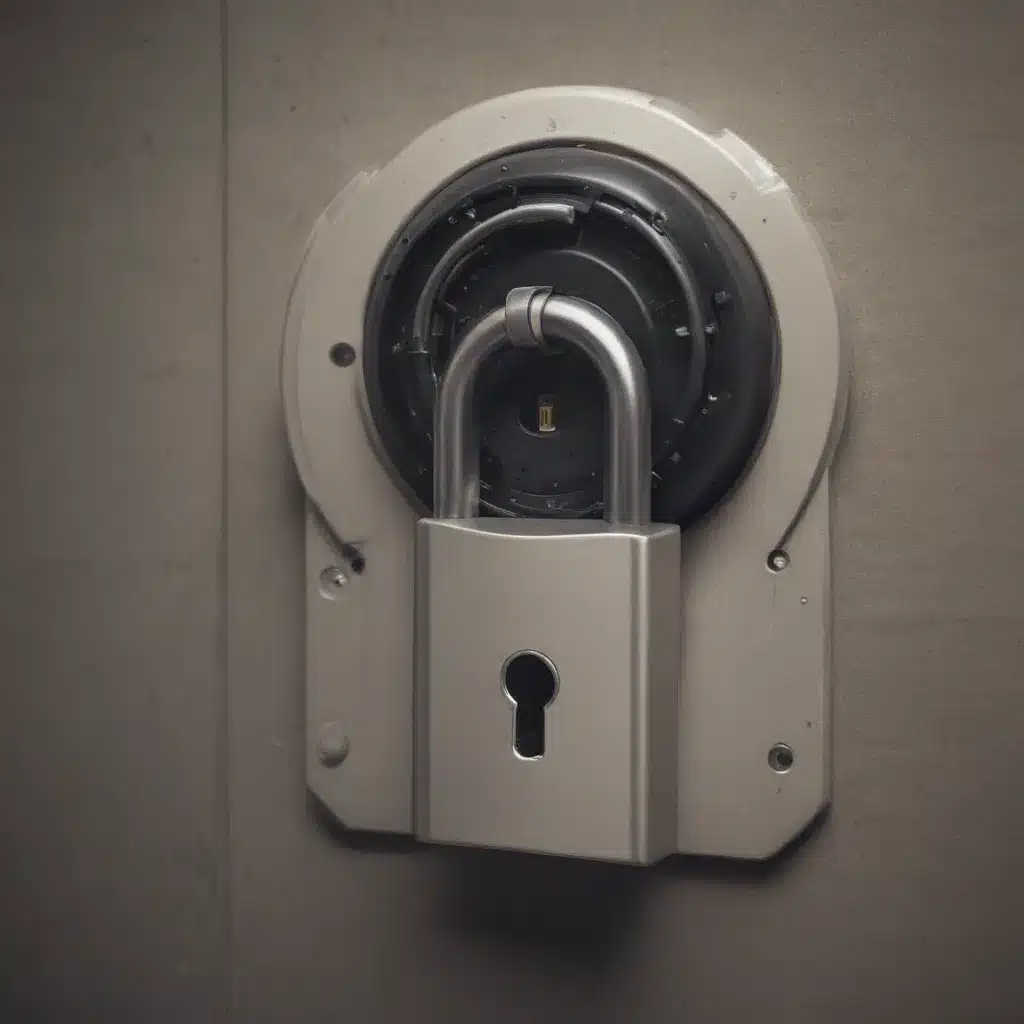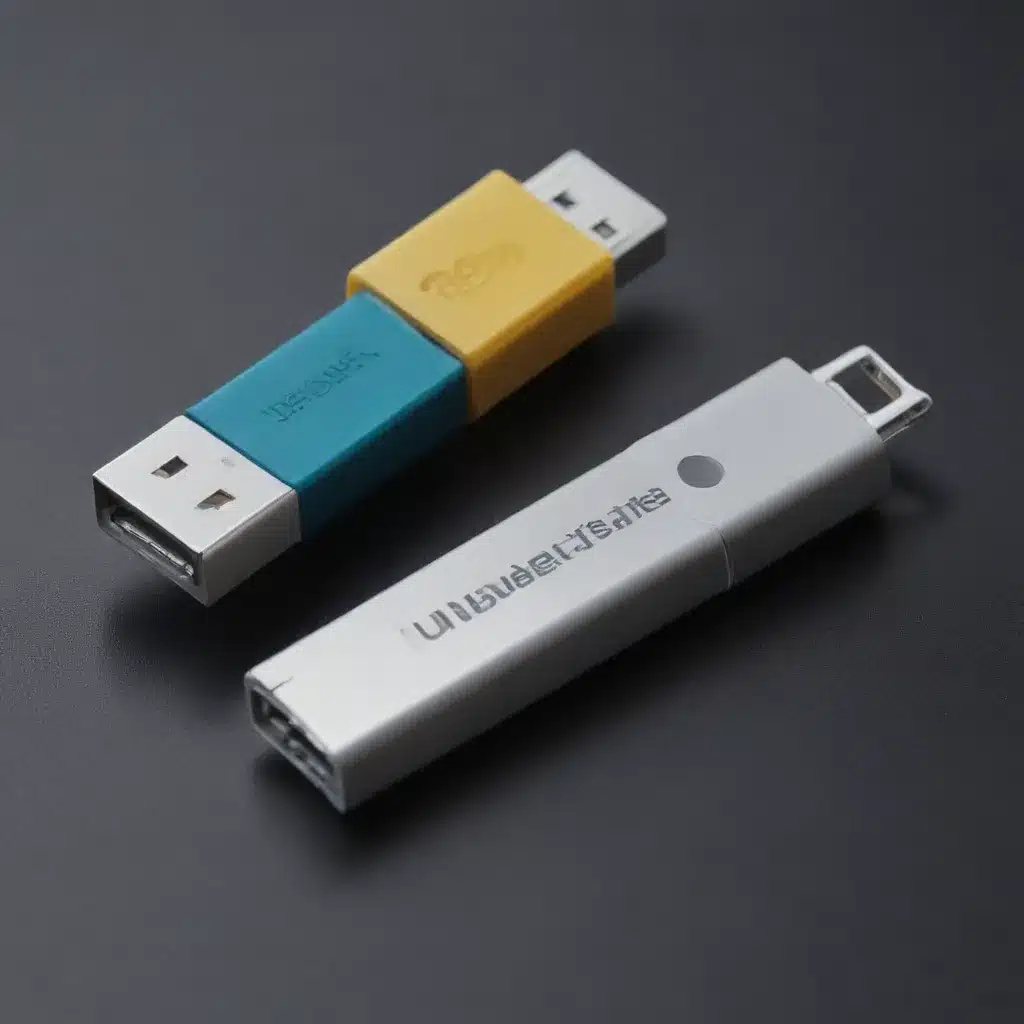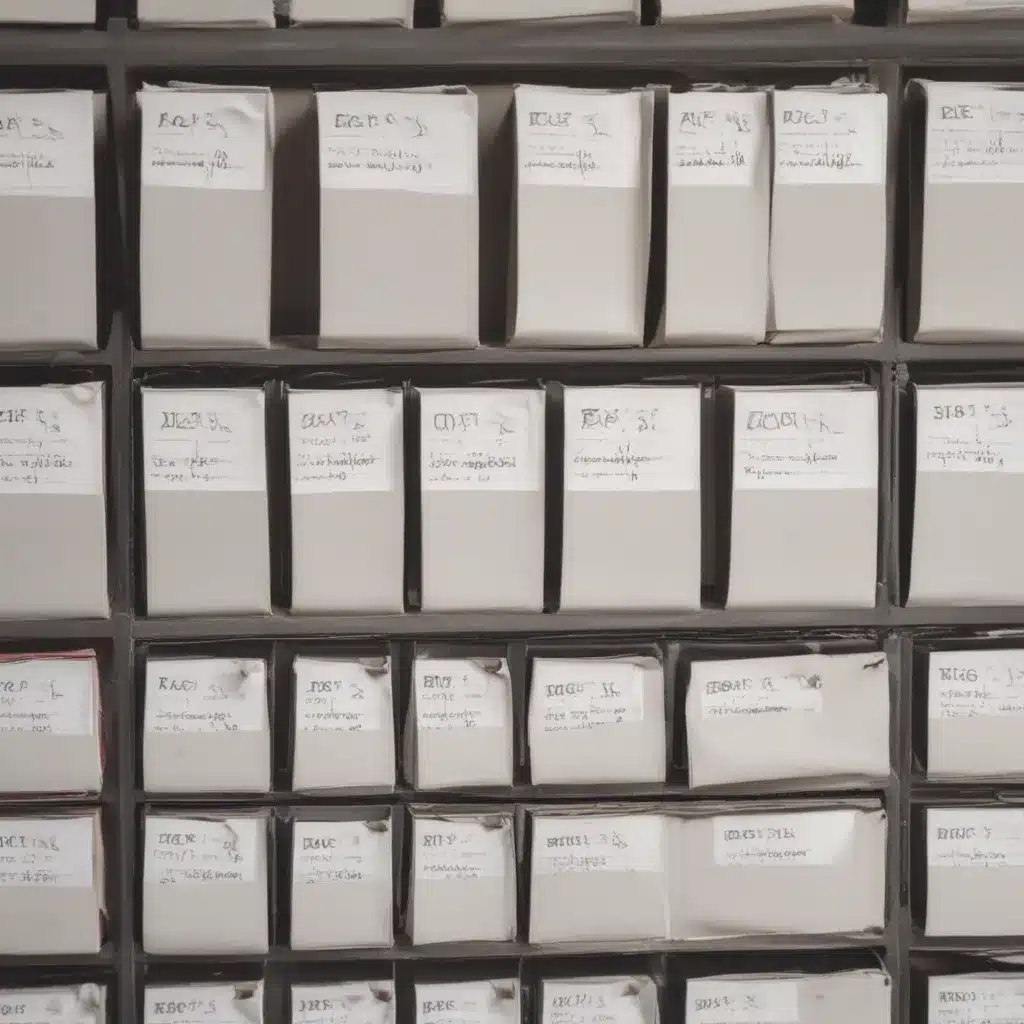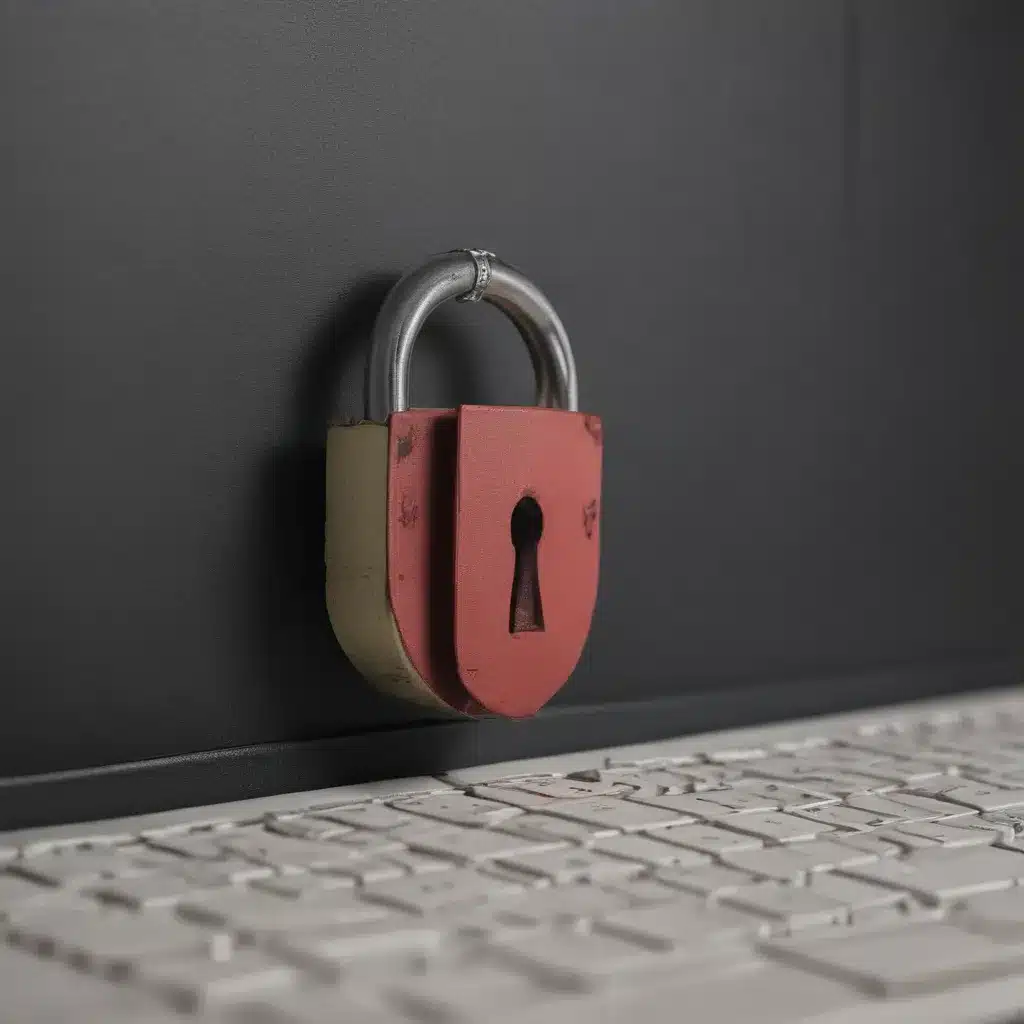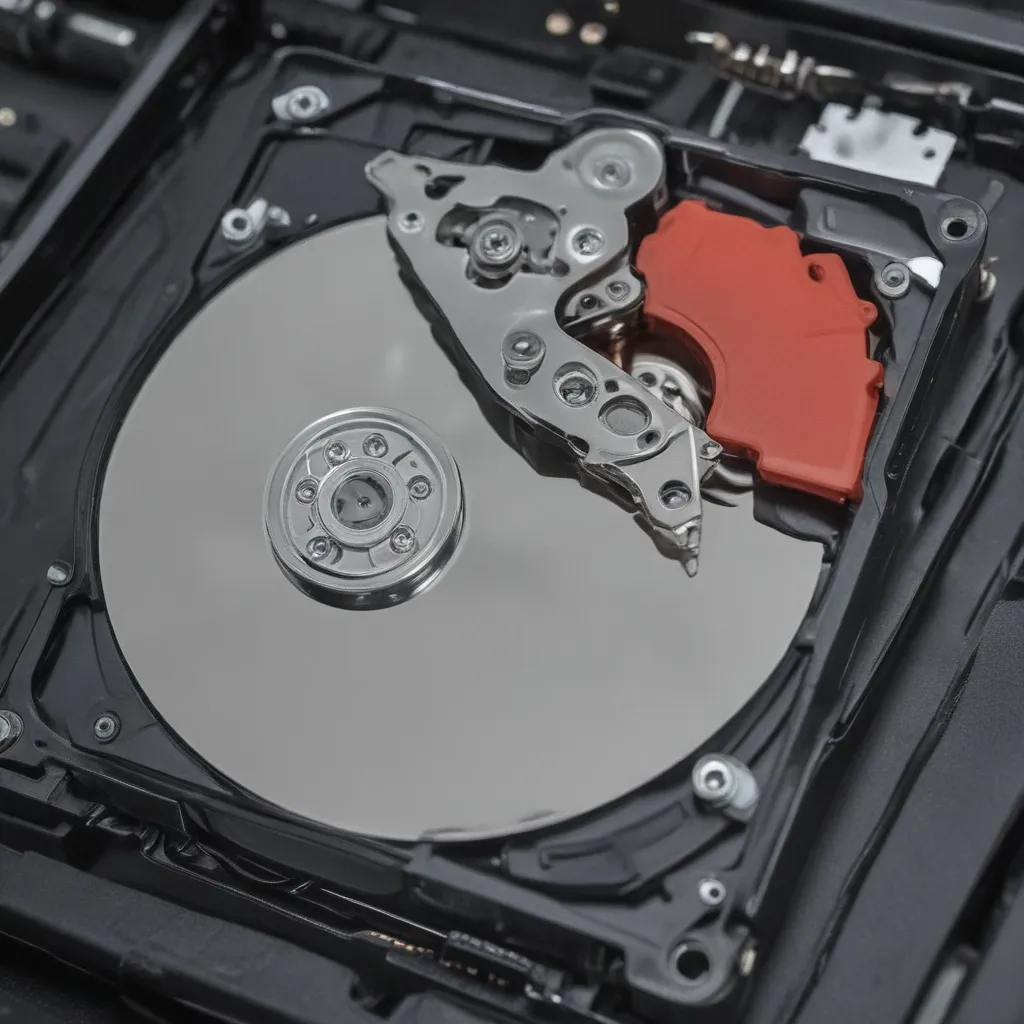Quantum computers have the potential to revolutionize computing by harnessing the power of quantum physics to perform calculations exponentially faster than classical computers. However, a major obstacle to realizing this full potential is quantum noise, which introduces random errors into quantum calculations. Quantum error correction techniques are therefore critical for building practical, scalable quantum computers. This article provides an in-depth look at the latest breakthroughs in quantum error correction that are bringing robust, fault-tolerant quantum computing closer to reality.
Overcoming Decoherence with Quantum Error Correction
A key challenge in quantum computing is quantum decoherence – the loss of information from a quantum system into the environment. This effectively introduces noise and errors that corrupt the quantum calculation. Quantum error correction techniques address this issue by encoding quantum information in a redundant form across multiple quantum bits (qubits). This adds some resiliency against errors.
The basic premise behind quantum error correction is to detect and then correct errors by extracting information about the error without actually learning the quantum state itself. This is critical because measurements generally collapse superposition states. The latest breakthroughs focus on developing more efficient and practical error correction codes.
Topological Quantum Error Correction
One promising approach is topological quantum error correction (TQEC). TQEC encodes qubits and operations in the topological properties of the system, making it robust against local perturbations. Quasi-particle excitations can be used to detect and correct errors by measuring topological properties without collapsing the quantum state.
Major breakthroughs in TQEC include the development of surface code architectures on superconducting qubit platforms by researchers at Google and elsewhere. These 2D lattice structures provide a scalable implementation with high error tolerance thresholds.
Quantum Low Density Parity Check Codes
Another active area of research is the development of quantum Low Density Parity Check (LDPC) codes. These are similar to classical LDPC codes used in telecommunications, but optimized for quantum error correction.
LDPC codes involve sparse networks of generator and check nodes on qubits. The latest breakthrough was demonstrating a quantum LDPC code that achieves the quantum Shannon capacity, meaning it gets exponentially close to the theoretical limit of error correction on a quantum channel.
Logical Qubit Encoding
Rather than encoding at the physical qubit level, logical qubits use multiple physical qubits per logical qubit to build in redundancy. Logical qubit architectures allow for fault-tolerant quantum computation by enabling error correction without destroying the logical qubit state.
Major progress has been made in implementing logical qubits in superconducting systems and ion traps. This includes demonstrations of surface code logical qubits able to detect and correct errors. Logical qubits open the door to practical fault-tolerant quantum computing.
Improving Quantum Error Correction with Machine Learning
Machine learning techniques are also being applied to enhance quantum error correction protocols. Since efficiently decoding quantum error correction codes is challenging, machine learning can help optimize this process.
Neural Decoders for Surface Codes
Surface code architectures lend themselves well to machine learning due to their 2D lattice structure. Neural networks have been designed that can be trained to efficiently decode surface codes, leading to higher error correction accuracy.
For example, Google researchers demonstrated a reinforcement learning decoder able to outperform existing surface code decoding algorithms. Such neural decoders can be optimized to match specific qubit hardware.
Adaptive Error Correction with Q-CTRL
The company Q-CTRL has developed adaptive error correction protocols that continuously update based on monitoring of noise in the quantum processor.
Reinforcement learning agents optimize error correction codes in real-time to match the observed noise. This provides tailored error correction during computation for much higher fidelities.
Error Correction with Quantum Hamiltonian Learning
Quantum Hamiltonian learning uses machine learning to characterize and model complex qubit interactions and noise processes. The models guide the design of more optimal error correction codes tailored to that specific hardware.
For example, researchers at AWS developed Hamiltonian learning techniques using quantum Boltzmann machines that led to 5x lower error rates. These methods help error-correct the actual noise processes present.
Outlook for Fault-Tolerant Quantum Computing
With rapid progress in quantum error correction, we are steadily approaching the milestone of fault-tolerant quantum computers that can run advanced algorithms beyond the capabilities of classical supercomputers. This could unlock transformational applications in cryptography, chemistry, optimization, and more.
The path forward involves further developing logical qubit architectures, improving surface code implementations, and leveraging machine learning to optimize decoding processes. Realizing practically useful logical qubits with high fidelities and minimal overhead will be the key achievement. Major investments from companies like Google, IBM, and AWS will continue driving breakthroughs.
While challenges remain, we are clearly exiting the era of small, noise-prone quantum processors. Robust error correction techniques provide a roadmap to truly unleash the awesome power of quantum computers. The breakthroughs highlighted here represent major milestones along this exciting journey.

